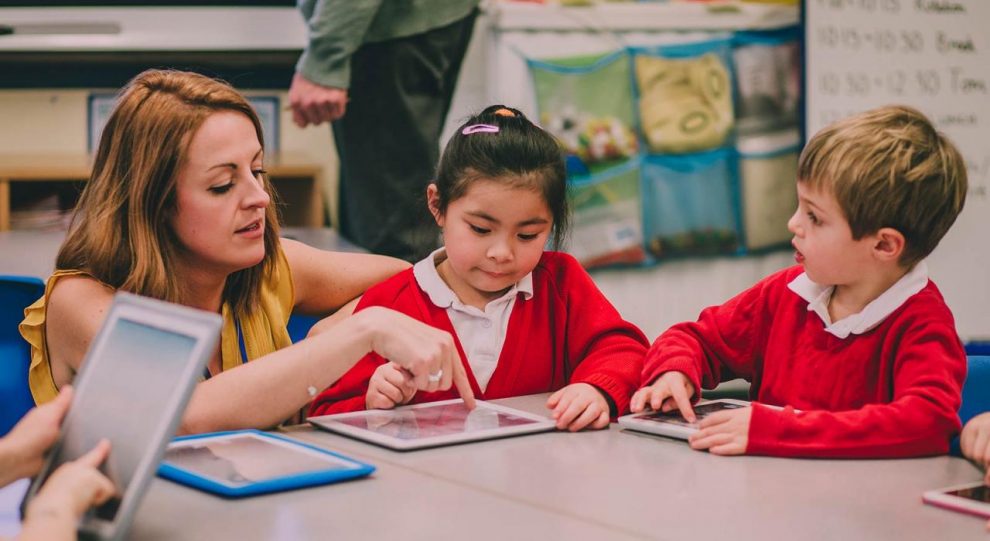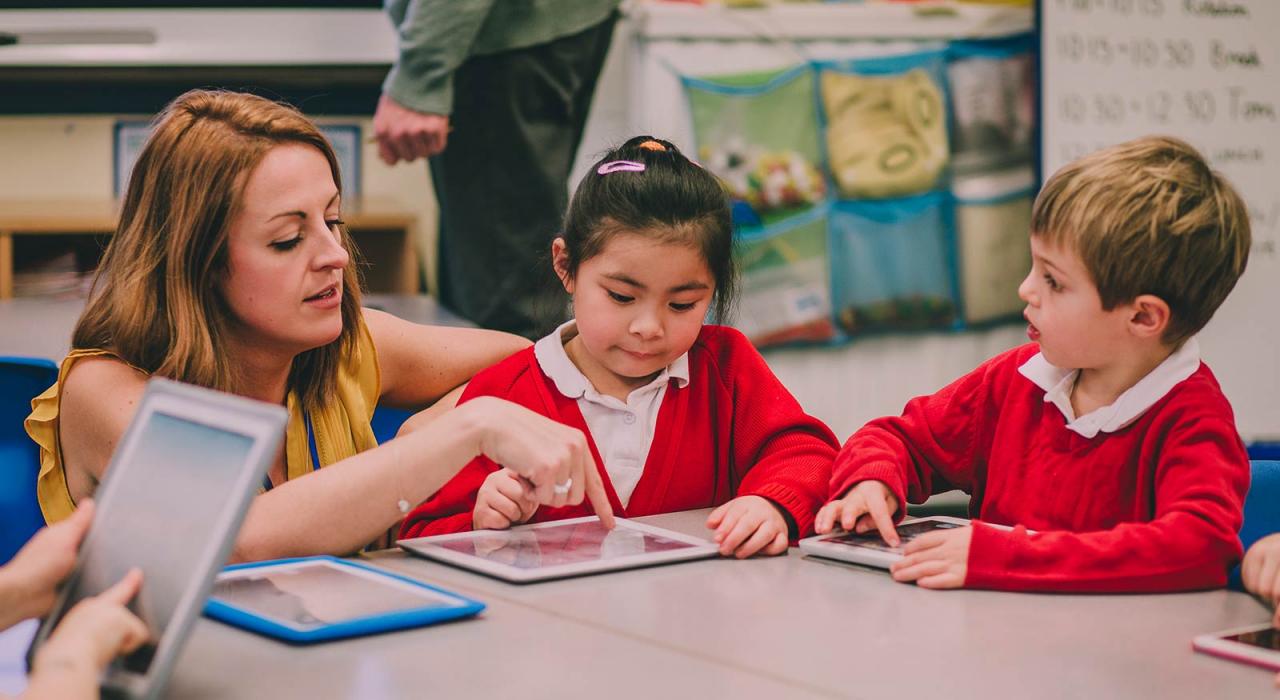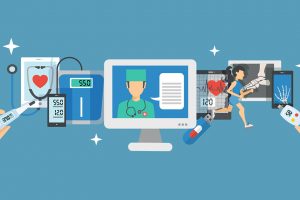As daily life and work grow increasingly digital, developing students’ digital literacy is essential. Digital literacy encompasses the skills and knowledge to access, evaluate, create, and communicate information safely and ethically using technology.
Integrating digital literacy into K-12 education prepares youth for digital citizenship and career success. This article explores approaches for effectively teaching these vital competencies.
Teaching Online Research Skills
With limitless information online, learning to discern credible sources is crucial. Key skills include:
- Evaluating credibility – Fact check authors, publications, and sponsoring organizations. Consult established sources over crowd-generated content.
- Checking citations and references – Reliable sources provide bibliographic trails to verify information origin.
- Identifying biases – Analyze site purpose and target audience. Cross-reference diverse sources to uncover slants or misinformation.
- Validating accuracy – Corroborate facts across sources. Look for well-sourced objective reporting over sensational claims.
According to the International Society for Technology in Education (ISTE), students should learn to “vet information sources for accuracy, perspective, credibility, and relevance.” Developing sound judgment and skepticism enables navigating today’s information landscape.
Promoting Digital Ethics and Safety
Students must understand principles for ethical digital behavior to be responsible citizens. Key concepts include:
- Privacy and security – Protect personal data and manage digital identities carefully. Use strong passwords and enable security settings.
- Cyberbullying – Treat others with respect and empathy. Avoid inflammatory speech. Report inappropriate conduct.
- Hacking and piracy – Respect digital property. Cite and share content legally. Give proper attribution.
- Wellness – Balance technology with other life priorities. Limit harmful content and behaviors like gambling and pornography.
Lessons should analyze case studies drawing on examples from social media, gaming, and other youth contexts. “Teaching ethics through dialogue around real issues is critical,” emphasizes digital literacy expert Paul Bacsich. Applied learning cements ethical foundations.
Teaching Digital Communications
Emailing, instant messaging, texting, blogging, and participating in online communities require skillful communication. Students should learn to:
- Adapt tone and style for different audiences and purposes
- Convey ideas clearly and check for understanding when communicating digitally
- Follow cultural and behavioral norms within online spaces
- Manage digital identities through appropriate self-presentation across platforms
According to education scholars Hicks and Turner, teaching “appropriate and savvy digital communication supports college and career readiness.” Schools must address this increasing need.
**Developing Information and Data Literacy **
Making sense of proliferating data underpins success in college and careers. Key skills include:
- Finding and managing digital information – Store and organize materials using cloud computing, folders, tags, etc. to enable retrieval.
- Evaluating information critically – Assess relevance and interpret data in context. Identify misleading statistics or visualizations.
- Creating information ethically – Abide by copyrights. Cite and acknowledge sources. Publish responsibly.
- Analyzing and visualizing data – Extract insights from data logically. Represent it meaningfully using charts, graphs, and diagrams.
“Data and information literacy prepare students to participate fully in a datadriven society,” says Databrary executive director Karen Cranston. These competencies empower students as savvy consumers and producers of information.
Learning Computational Thinking
Computational thinking teaches the thought processes used to break down complex problems and devise algorithmic solutions. Students learn to:
- Decompose problems into component parts
- Recognize patterns to discern efficiencies
- Abstract and generalize findings into models
- Algorithmically define解决方案 as logical, ordered steps
- Test and iterate solutions through trial and error
These mental models for organizing information and defining processes form the basis for computer programming. But computational thinking broadly applies to problem solving across disciplines, notes computer scientist and professor Jeannette Wing. Integrating it across the curriculum develops crucial cognitive skills.
Teaching Coding and Computer Science
Coding teaches how digital technology works and how to create with it using computer programming languages. Coding lessons should enable students to:
- Understand programming concepts like loops, functions, and variables
- Apply math and logic to develop scripts and algorithms
- Utilize design strategies like prototyping and decomposition
- Debug programs by analyzing errors and troubleshooting efficiently
- Apply computational thinking to break down and sequence solutions
Physical computing platforms like Arduino along with apps like Scratch introduce coding interactively. “Coding nurtures creativity, communication, and problem solving,” says computer scientist Cynthia Lee. Schools must nurture these transferable skills.
Developing Media Literacy
Media literacy develops students’ ability to access, analyze, evaluate, and produce communication in various formats. Key skills include:
- Analyzing messaging – Identify target audiences, subtext, and persuasive techniques in media. Recognize underlying worldviews.
- Evaluating credibility – Check creator expertise and motivations. Verify facts from multiple sources.
- Recognizing biases and stereotypes – Note imbalanced representations. Consider alternate perspectives.
- Creating responsibly – Produce ethical content using proper sources, fair use, and respect. Avoid misinformation.
“Media literacy fosters critical thinking so students recognize how media shapes culture,” says media researcher Renee Hobbs. Interpreting multi-media content is an essential lens.
Integrating Digital Citizenship Across the Curriculum
Digital literacy should not be taught as an isolated subject. Weave it throughout:
- Discuss online safety in health education and analyze digital advertising in consumer classes.
- Apply data ethics in science and have students fact check sources in history.
- Develop infographics and videos for assignments in any class.
- Teach computational thinking strategies across disciplines from math to art.
As ISTE explains, “Digital citizenship represents a culmination of skills learned throughout subjects.” Distributed integration cements broad competency.
Developing Educator Digital Literacy
Teacher training must address:
- Fluency in learning platforms and digital tools – Canvas, Google Classroom, apps, equipment, etc.
- Instructional design for online and blended formats – Discussion facilitation, multimedia use, personalized learning, etc.
- Managing classroom technology – Digital content, devices, troubleshooting issues, monitoring use.
- Assessment security and digital citizenship policies – Internet filters, academic integrity, device management, etc.
- Accessibility and accommodations – Platform compliance, assistive technologies, universal design, etc.
“Teacher digital literacy enables modeling positive use and maximizing classroom technology for learning,” asserts researcher Peggy Ertmer. Professional development is crucial.
Creating a Digital Literacy Curriculum
To build comprehensive and developmentally appropriate skills, schools should:
- Audit integration – Survey teachers on current digital literacy integration. Identify gaps.
- Map objectives – Outline learning goals by grade level tied to standards.
- Develop a progression – Scaffold skills across grade bands with increasing sophistication.
- Purchase resources – Seek age-appropriate, engaging programs and materials.
- Provide training – Equip teachers to embed digital literacy instruction.
- Assess application – Use projects and rubrics to evaluate student skills.
- Solicit feedback – Survey staff, students and parents to improve efforts.
“A strategic, coordinated approach is key to meaningful digital literacy education,” says curriculum expert Heidi Hayes Jacobs. Sustained investment reaps systemic dividends.
With sound curricular frameworks and teacher training, schools can develop digitally capable students ready to excel in an increasingly digital society and workforce.


















